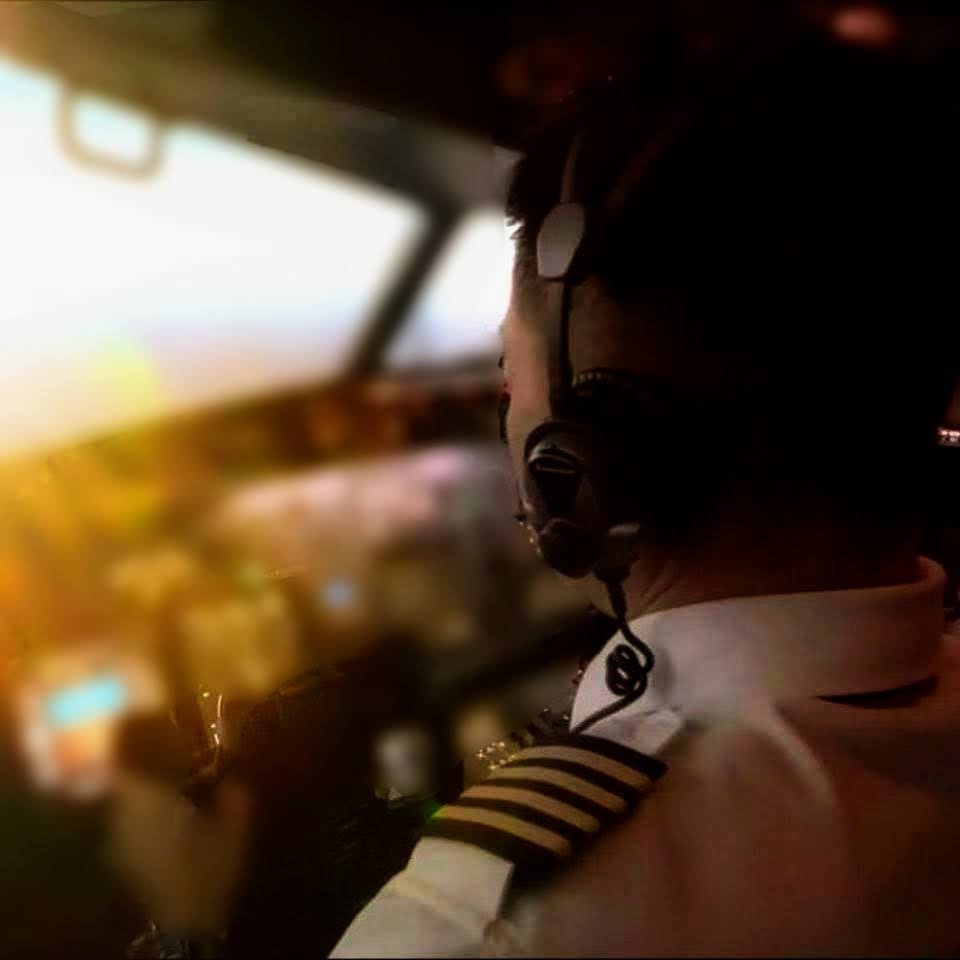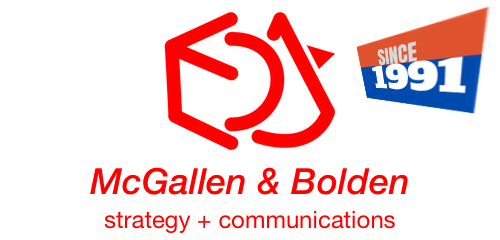In brief…
- What we at Flight Leaders have done, is to also bring in a time-proven system, known as CRM (Crew Resource Management) – a team approach to threats and error management for pilots, and integrate it seamlessly with our extracts from the various Asian philosophies, into an innovative and engaging learning program, “What’s Next Leadership – Lessons from the Ancient East”.
- The criteria for a job in decades seemed to be whether the company was well-known, and if the remuneration and perks were good.
- In the earlier years of civil aviation, many captains were former fighter pilots and so they tended to be commanding, and first officers would often suffer in silence in such an autocratic cockpit scenario.
Why should leaders start looking beyond new Western management thought and the singular and often quoted Art of War? Can leaders learn from mission-critical professionals like airline pilots in managing people and businesses better? A recent radio interview presented us the opportunity to share our thoughts.
Art of War ad nauseam
Many business leaders and executives have read, heard, or perhaps even adopted Sun Tzu’s Art of War (孫子兵法) into their work. The Art of War has been interpreted and possibly been analyzed and studied to death, including by Western management thinkers. However, there is so much more to leadership and competitiveness then just this singular classic.
So much more to learn and use
For example, the Analects by Confucius (孔子), writings from Mencius (孟子), wisdom from the historical Three Kingdoms (三國紀), writings from Yamamoto Tsunetomo (山本常朝) and Miyamoto Musashi (宮本武蔵), are some works that are not as often quoted or written, but are extremely powerful tools that we can learn from and use. Even if you examine military classics from ancient China, there are 7, of which the Art of War is just one of them.
While the ignorant may deride such classics, even considering them obscure, the reality is that such classics are powerful and transformative in managing and leading modern companies in this digital age.
What we at Flight Leaders have done, is to also bring in a time-proven system, known as CRM (Crew Resource Management) – a team approach to threats and error management for pilots, and integrate it seamlessly with our extracts from the various Asian philosophies, into an innovative and engaging learning program, “What’s Next Leadership – Lessons from the Ancient East”.
How it started
I got acquainted with retired airline captain Michael Caston, and started to learn about aviation. Through learning, he and I discovered the synergy between CRM and management of companies and people through ancient Asian philosophy.
Eventually, we developed our first program “Leadership Secrets at 30,000 Feet”, and subsequently I was invited to speak at the prestigious APATS (Asia Pacific Airline Training Symposium) on leadership lessons from the East. I spoke on pilot leadership transition, where first officers transition to captains. Leadership transition for first officers in airlines is always a critical problem, and we uncovered the training gap in providing thought-provoking ideas to this industry. We kept developing, and several highly engaging learning programs emerged from our joint development, including “What’s Next Leadership – Lessons from the Ancient East”, and “Servant Leadership”.
Managing people
Leadership is not just about profits. It is about sustainability, and recruiting and nurturing people to contribute to the collective goals of the company.
Before the millennial generation emerged in the workforce, most employees would look for successful large companies to work for. The criteria for a job in decades seemed to be whether the company was well-known, and if the remuneration and perks were good.
However, the millennials showed a more complex perspective in what kinds of companies they would work for. When millennials were asked what kind of companies attract them, beyond mere remuneration and perks, they would work for companies with a heart and soul. Millennials are also more likely to work for startups, whereby much older employees tend to hope to work for stalwarts.
Even though some may imagine running a competitive business seems to contradict being empathetic to employees, the goals are synergistic and convergent.
Synergistic cockpit and leaders
Let me illustrate with an aviation example. In a cockpit, there are just 2 pilots, carrying hundreds of passengers and crew to the destination safely and promptly without problems. In the earlier years of civil aviation, many captains were former fighter pilots and so they tended to be commanding, and first officers would often suffer in silence in such an autocratic cockpit scenario.
Later on, young first officers would move up to captains, and some of them decided never to be autocratic captains, but friendly ones instead. However, because the newly minted captains treated their first officers as equals and buddies, accountability became blurred, and the cockpit is somewhat Laissez-faire.
The best cockpit situation is a synergistic cockpit where the captain takes ultimate responsibility, but is not autocratic torwards the first officer. The first officer will support the captain in all the ways, and points out potential hazards and problems to the captain. Both pilots will treat each other with respect, but the captain will retain the ultimate burden of accountability and in critical decisions.
The synergistic cockpit is the same applicable scenario for corporate leaders. The corporate leader running a business like a synergistic cockpit will shoulder the full burden of accountability for the entire business, but will be respectful to his employees and listens to suggestions, feedback and criticism.
Discipline and motivation
In highly structured organizations, the question of discipline and motivation being opposites will be a conundrum, at least to some people. However, discipline and motivation can work hand in hand together, even in structured organizations.
Let us travel back to ancient feudal Japan. In those days, what we call “samurai” are more commonly termed “bushi 武士”, which means “armed gentry”. As gentry, they were literate and well-versed in arts, language, literature and culture. At the same time, they were warriors, possessing all the combat skills and discipline of a soldier, a martial artist and a swordsman. Such a samurai would work for a shogun (warlord), who also rose from the ranks of a samurai. It is a skilled person working for another skilled person.
Likewise, in a cockpit, a captain would be very skilled and experienced, with tens of thousands of flight hours under his belt. A first officer, though lesser in flight hours, is no less trained and experienced in handling the aircraft. Like the shogun and samurai, a captain and a first officer are also a team each with the right skills and knowledge, working closely together.
This scenario is equally applicable in a corporate environment. Employees want to acquire skills and knowledge through their jobs, and they expect their bosses to be like the airline captains and the samurai shoguns – highly skilled, experienced and knowledgeable. Employees today expect no less, and will scorn at bosses who are mere talkers and not doers.
Mentorship
While employees expect their bosses to be experts and doers, they also expect to be mentored, especially the millennial generation.
And this is exactly what we advocate at Flight Leaders. Leaders, as the word implies, has to be in front. Leaders have to take charge. Leaders have to show the way.
If you look at successful restaurants owned by celebrity chefs, the reason for their success is simple – they can cook well. They are leaders who know how and what to do, and can show it to their teams, and lead the business in front. They are not just some silent investors who throw a bunch of money and hope some real skilled people will make things work. Employees, including the millennials, expect the same from their leaders. They expect leaders to be able to be in front to do the job, and demonstrate how to do the job well. Employees want to be able to say, “my boss is great – he knows the job.”
BRM™ – the other half
CRM is the team approach to threats and error management, which first started in the cockpit. And from the technical best practices of aviation, CRM (crew resource management), let us now look at BRM™.
BRM™ is our slightly playful acronym on CRM, and it stands for Benevolence (仁), Rectitude (義), and Mindfulness (注).
Our BRM is derived from the Analects (論語 Confucius and his disciple Mencius), wisdom from the Three Kingdoms (三國紀), and 17th century samurai classics Hagakure (葉隠 Hidden Leaves) by Yamamoto Tsunetomo and Gorinosho (五輪書 Book of 5 Rings) by Miyamoto Musashi.
Benevolence and compassion go together (仁慈). Mencius forewarned that only the benevolent should be in high positions. In a corporate environment, ask yourself, do you hope for a leader who shoulders all burdens, or finger-point and blame people?
Rectitude (義) is about an unyielding “moral backbone”, as we observe from the wisdom from the Three Kingdoms. The archetype for this is the legendary General Guan Yu (關羽). Rectitude is much more than just legal compliance. We need to have leaders and employees who rise to such rectitude, so that the organization will “walk straight”. To get things right, we need to START right, and that means nurturing and employing the right people.
How does mindfulness translates into a corporate environment?
In a typical ancient organziation, whether in the West or the East, everyone, from the farmer, the artisan, the soldier, the warlords, they were all skilled and each had a role to play.
It is the same in a cockpit of an airliner. Many people think that pilots don’t do very much and everything is on “autopilot”.
However, that is simply not true! From the gate, to taxi, to the runway, to takeoff, to climb, to cruise, to approach, there are many things to do for both pilots in the cockpit. There are checklists to be checked and cross-checked by the team of pilots. Then there is the weather, the ATC, teamwork with cabin crew, etc. And when things don’t go so well, pilots need to plan for contingencies such as go-arounds and diversions. So, pilots have a lot to think about, to be mindful about all the time, and certainly hundreds of things to do, WELL.
Mindfulness is not a simple or single state. I call it the 4 states of mindfulness, of self, situations, battle (the flight), and death (the responsibility of all the hundreds of passengers and crew).
In contemporary businesses or organizations, the same rules of mindfulness apply. Organizations today have to be Agile and lean, and so employees and leaders cannot become like “furniture” and hide in the background. Every single person must have a role to play, and to be dedicated to play each role well.
In summary, CRM and BRM™ are conjoined twins we advocate at Flight Leaders, to empower organizations, leaders and employees, to manage threats and errors well together as teams, and to have the ethos of surviving and thriving together with benevolence, rectitude and mindfulness.

Dr Seamus Phan – Global C-suite Publicist & Strategist (Biochemist, Cybersecurity & Webdev pioneer, Author, Journalist) with 37 years of professional field experience.

